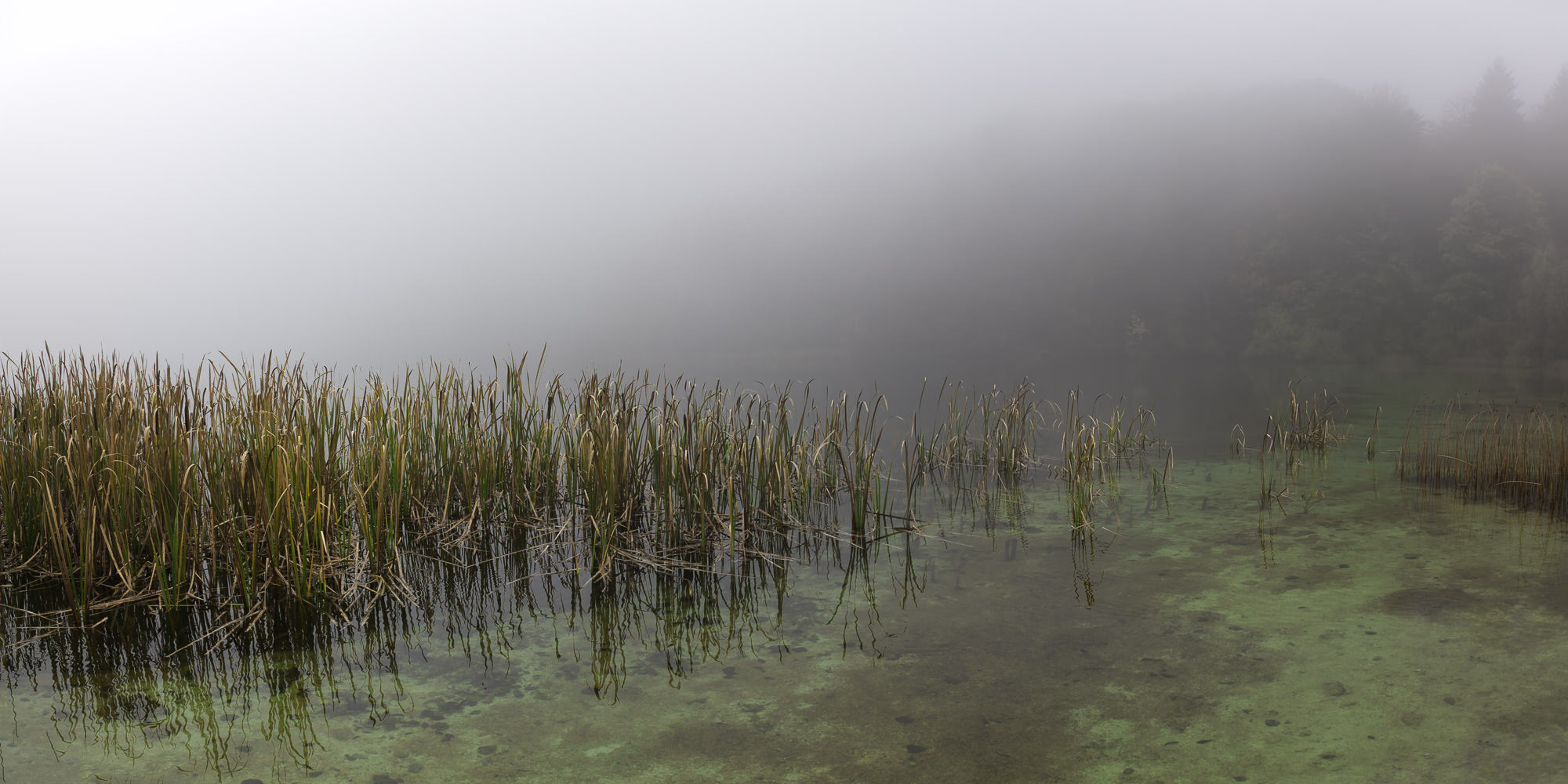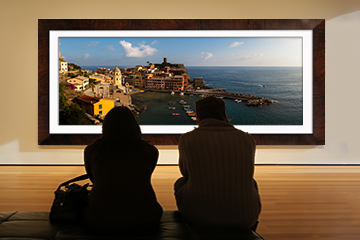
Water world – Plitvice Lakes National Park
Plitvice Lakes National Park
| location |  | Plitvice Lakes National Park, Plitvice, Croatia |
| gps |  | 44°52'50.02" N 15°36'58.00" E |
| access |  | rental car/bus 2Hrs Zagreb 2.5 Hrs Zadar |
| difficulty |  | Easy to moderate some stairs and inclines long trails over level ground |
| time |  | 6 hours to do the loop (2 days to explore and photograph) |
Within the 300 square kilometers that make up Plitvice Lakes National Park you can find bears, deer, boars, wolves and numerous rare birds. However the unique feature of the park is an eight kilometer span that has 16 crystalline lakes and streams. The waters are crystal clear and have amazing vibrancy with blues and turquoises that formed from mineral deposits. The lakes are interconnected by a series of cascades and waterfalls.
To let you view the park there are 16km of wooden walkways, paths and bridges that wind you around the lakes and waters immersing you in a dreamlike water world.

Founded in 1949 Plitvice Lakes National Park is the oldest and the largest national park in Croatia. In 1979, the park was added to the UNESCO world heritage register.
It takes upwards of six hours to explore the lakes on foot, or you can reduce this by a couple of hours by using the park’s free boats and shuttle. The reality is you will want more time than this to photograph the park’s countless wonders. Regardless of the direction you take around the park, halfway through your day you will be at the ferry boat launch where you can have a nice warm lunch. I would recommend having some additional food packed away for later in the day as there will be nowhere else till you exit the park. I always stay for at least two full days and start very early in the day and leave late in the afternoon. The Plitvice lakes are in a valley and it gets quite dark well before sunset so being there at dusk has not been rewarding.
The weather here, up in the mountains, can change quickly and the rain can be heavy. As I don’t want to miss this integral stop in my visit to Croatia I try to keep my trips here somewhat flexible. I’ll plan out my locations to see but only book my accommodations when I arrive. This way, if the weather is good, I start my trip here and then head to the typically sunny coast. It also lets me add a day or two if I feel so inspired.
current conditions
park information
- Plitvice lakes national park website www.np-plitvicka-jezera.hr
- Plitvice lakes park telephone 053-751-015
- Plitvice lakes Tourism Office www.tzplitvice.hr; tel.053-776-798 in Korenica
- Tickets prices per person from 55kn in the winter to 185kn in the summer (Discounted rates for children and seniors)
- There is also a separate Plitvice Tourism Office (www.tzplitvice.hr; tel. 053/776-798) in Korenica at Trg Sveti Jurja 6
what to bring
 | sunscreen | The sun in the summer months is intense and you will be exposed for several hours. |
 | water | confessions stands are far apart bring water |
| food | It can be a long day bring snacks | |
| cash | Bring plenty of local currency (kuna) most places do not take Euro or credit cards. | |
 | zoom /wide | General purpose zoom lens (e.g. 25-105mm 24-70mm) and a wide angle (e.g. 14mm, 17-35mm, ) |
 | tripod/filters | A tripod and ND filters for the waterfalls and a rain resistant pack for your gear. |
directions
Driving in Croatia is very easy; they have modern highways (with tolls) and good roads throughout the countryside. There are also buses and tours that go to the major attractions, parks and cities. I usually have driven from the north through Italy or Austria then Slovenia. It takes about 6.5 Hrs from Munich going through Salzburg, Ljubljana and Lake Bled. You will probably want to stop at one or two of those cities for an hour or two.
Flying:
The largest airport is in the capital of Zagreb. You can drive from there to the park in about 2.5 Hrs. From the coastal city of Zadar it is about 2 hrs. From both of these the roads are well maintained and the directions is clear. From Dubrovnik the drive is very long; count on 8 hours.
favourite shots

canon 5d mark III
![]()
98mm (EF24-105mm f4L IS USM))
![]()
F20
![]()
0.6 sec
![]()
100
Taken at the Upper Lakes waterfall. Due to the recent heavy rains the water was cascading over the colourful grasses and moss. I wanted to capture the motion with the colours so I slowed down the shutter. Unfortunately the walkways are very shaky and the vibrations from the constant stream of visitors make long exposures impractical. Knowing this from previous visits I brought with me my largest “travel” tripod, a Fiesol tournament ct-3224. It is a little larger and heavier than what I usually have on longer hikes but it extends to 5.5′ . This allowed me to rest the tripod on the shallow pond floor while I crouched on the wooden walkway.
![]() canon 5d mark III
canon 5d mark III
![]()
28mm ((EF24-105mm f4L IS USM))
![]()
F20
![]()
5.0 sec
![]()
100
The small foot bridge was almost overwhelmed by the rushing waters. The crashing and splashing water made the bridge almost disappear so I lengthened the exposure time to level out and calm the water.

canon 5d mark III
![]()
55mm ((EF24-105mm f4L IS USM))
![]()
F16
![]()
1.3 secs
![]()
100
Following the path through the lush forests we came across this hillside with water cascading over it. This new and temporary waterfall came just after the recent torrential rains. The forest was quite dark and I wanted a large focal depth so I selected a longer shutter speed needing a tripod.

canon 5d mark III
![]()
24mm (EF24-105mm f4L IS USM)
![]()
F20
![]()
2.5 sec
![]()
100
![]() tripod
tripod
The challenge here was patience. The water was too deep and the current too strong to have the tripod in the water. The only option was to rest the tripod on the walkway where the vibrations for people walking on the path made long exposures almost impossible. I must have made 25 attempts before there was a long enough gap in tourists for a clean photo.

![]()
canon 5d mark III
![]()
88mm (EF24-105mm f4L IS USM))
![]()
F16
![]()
1.0 sec
![]()
100
![]()
circular polarizer
![]() tripod
tripod
The misty and overcast sky gave the normally clear water an almost ink like quality and the contrast from the vibrant leaves above and floating leaves made for a dreamlike scene. The circular polarizer was used to reduce the reflection on the water.



























Share On